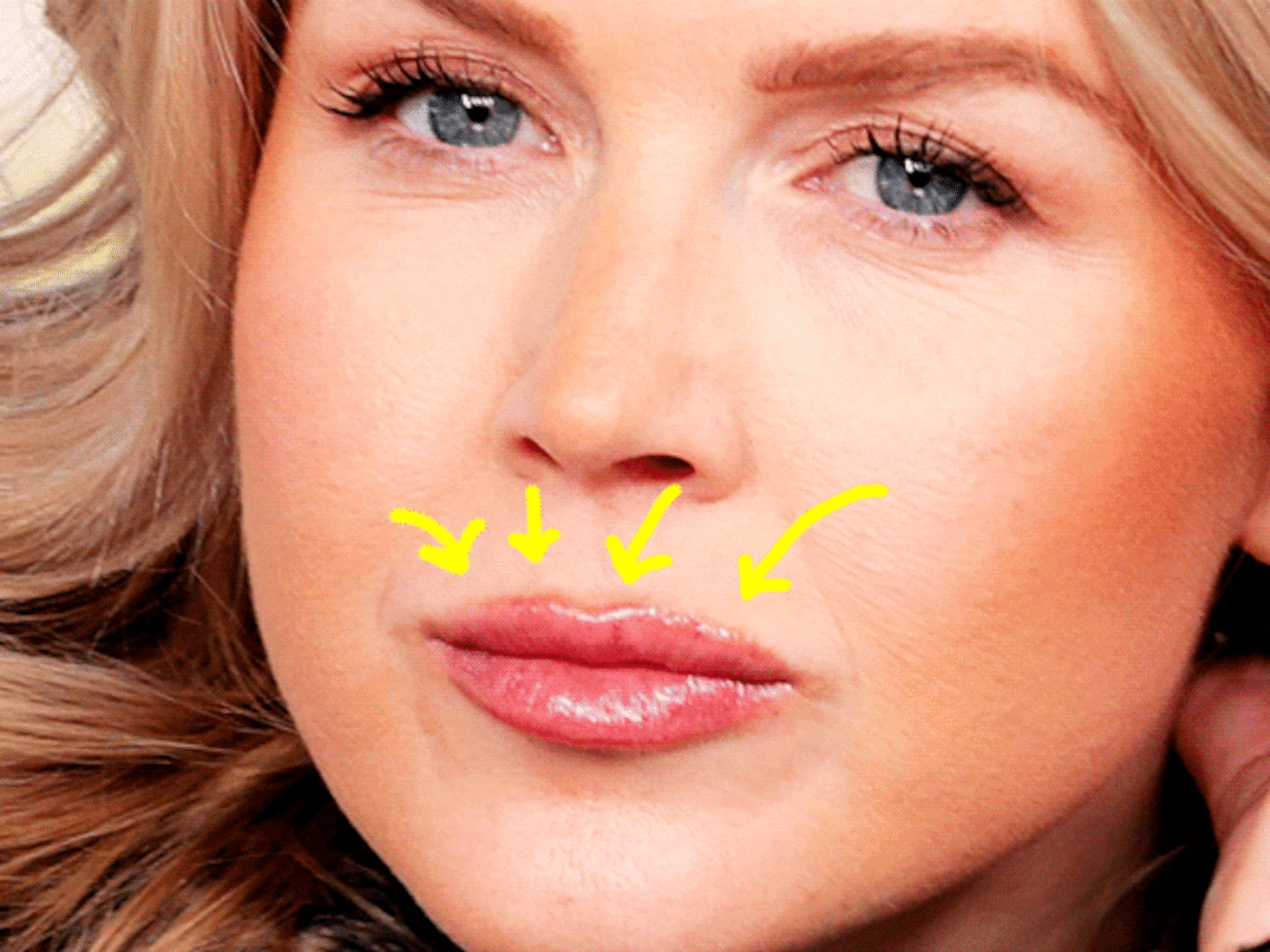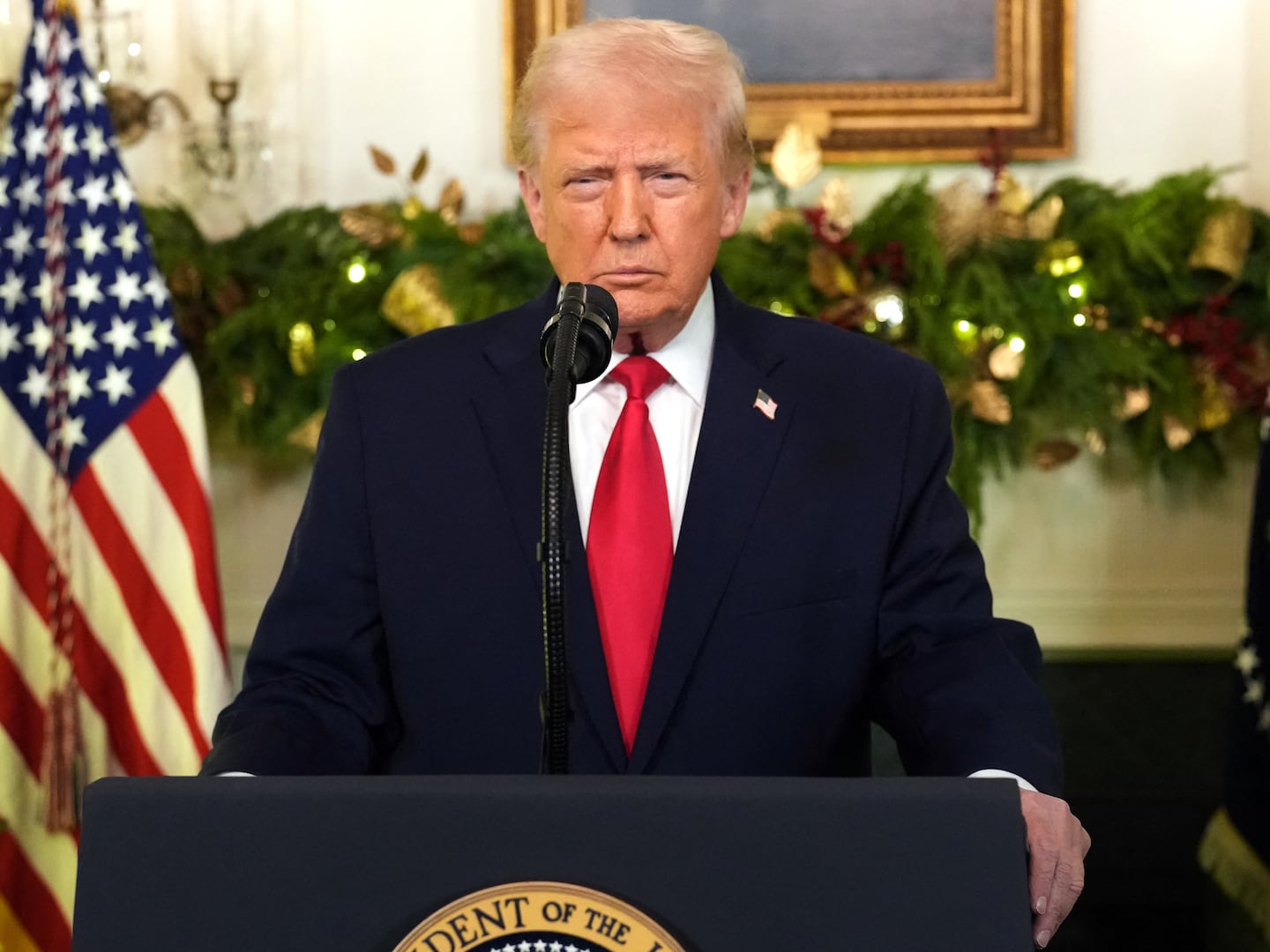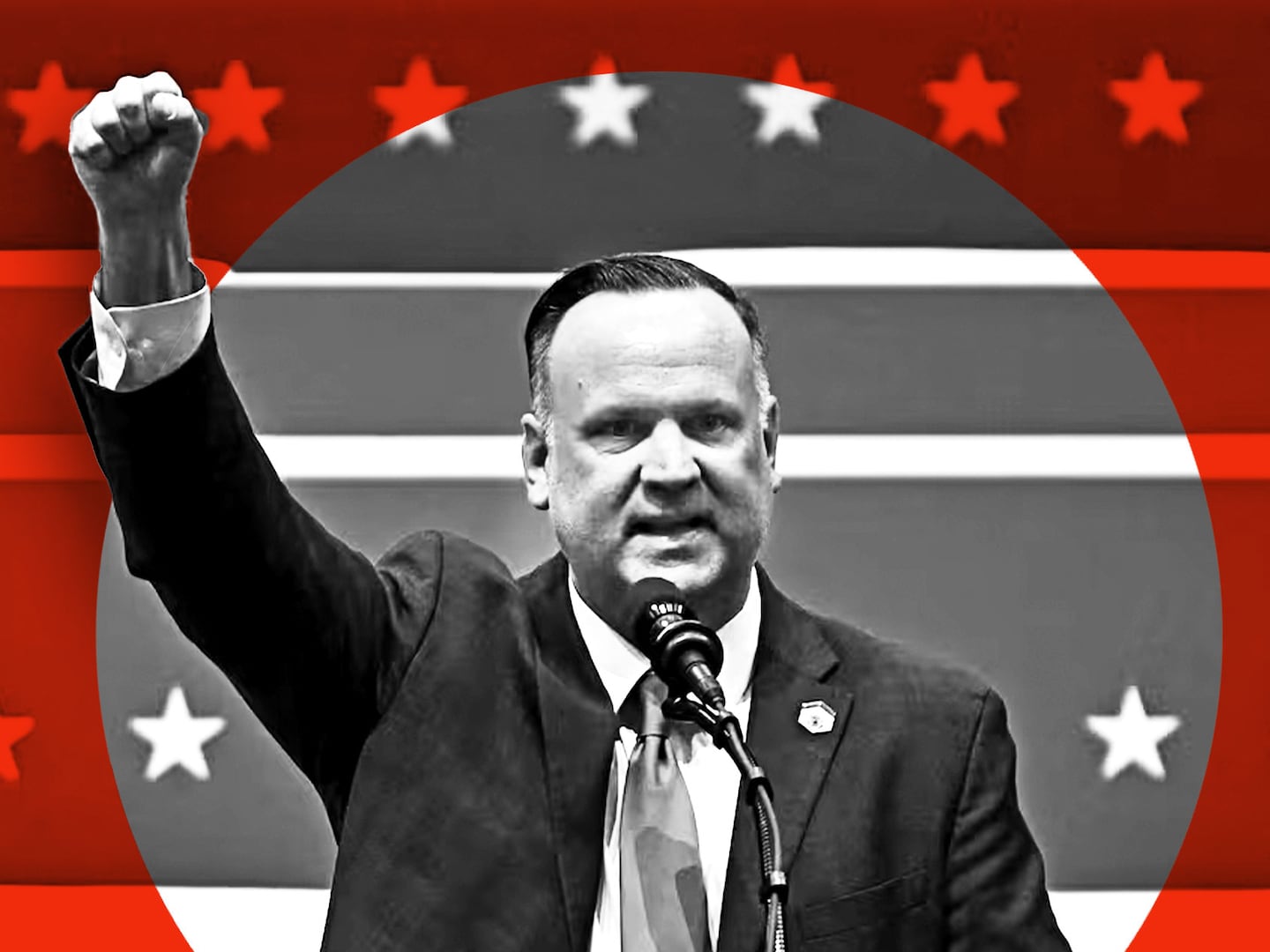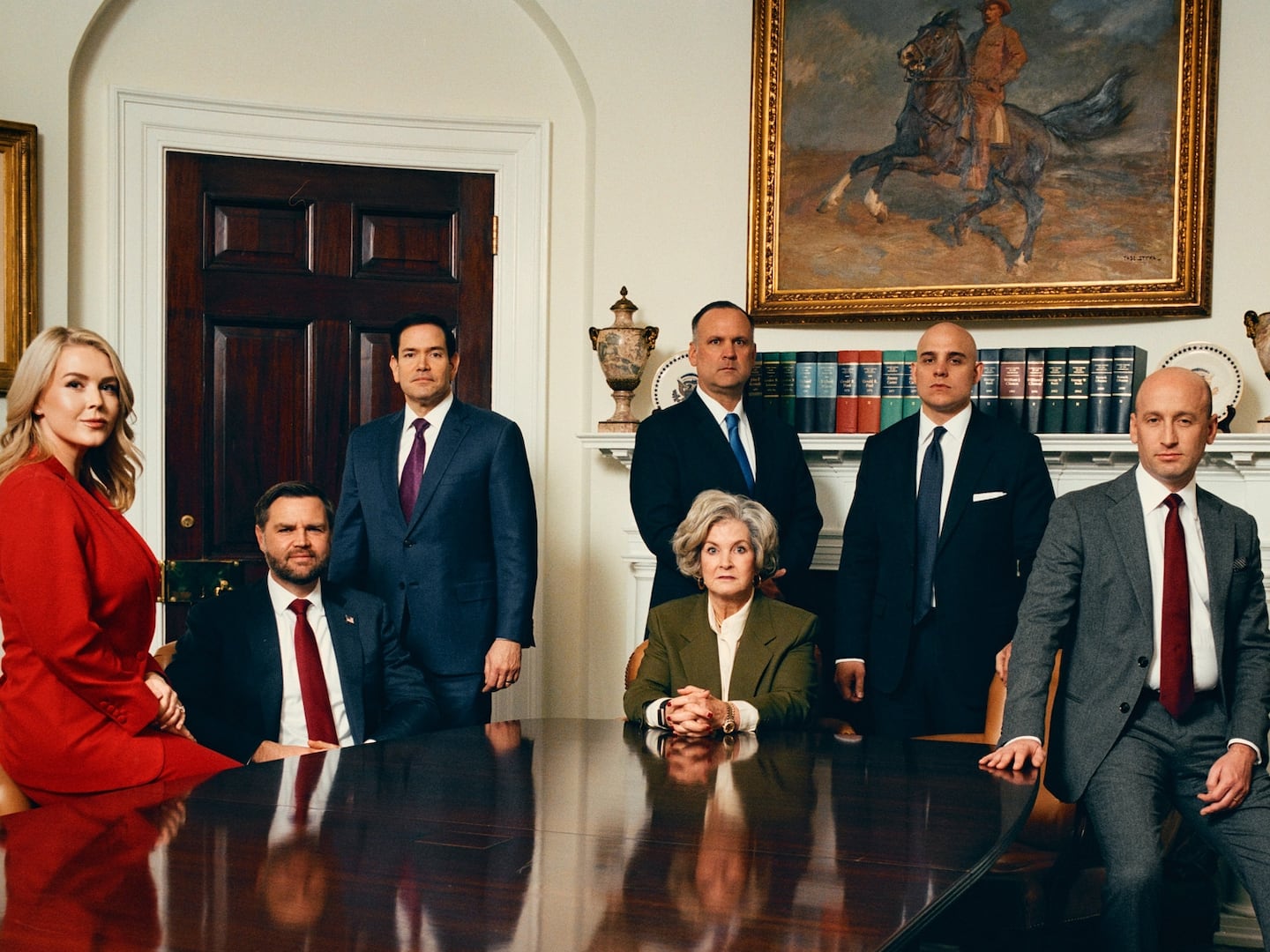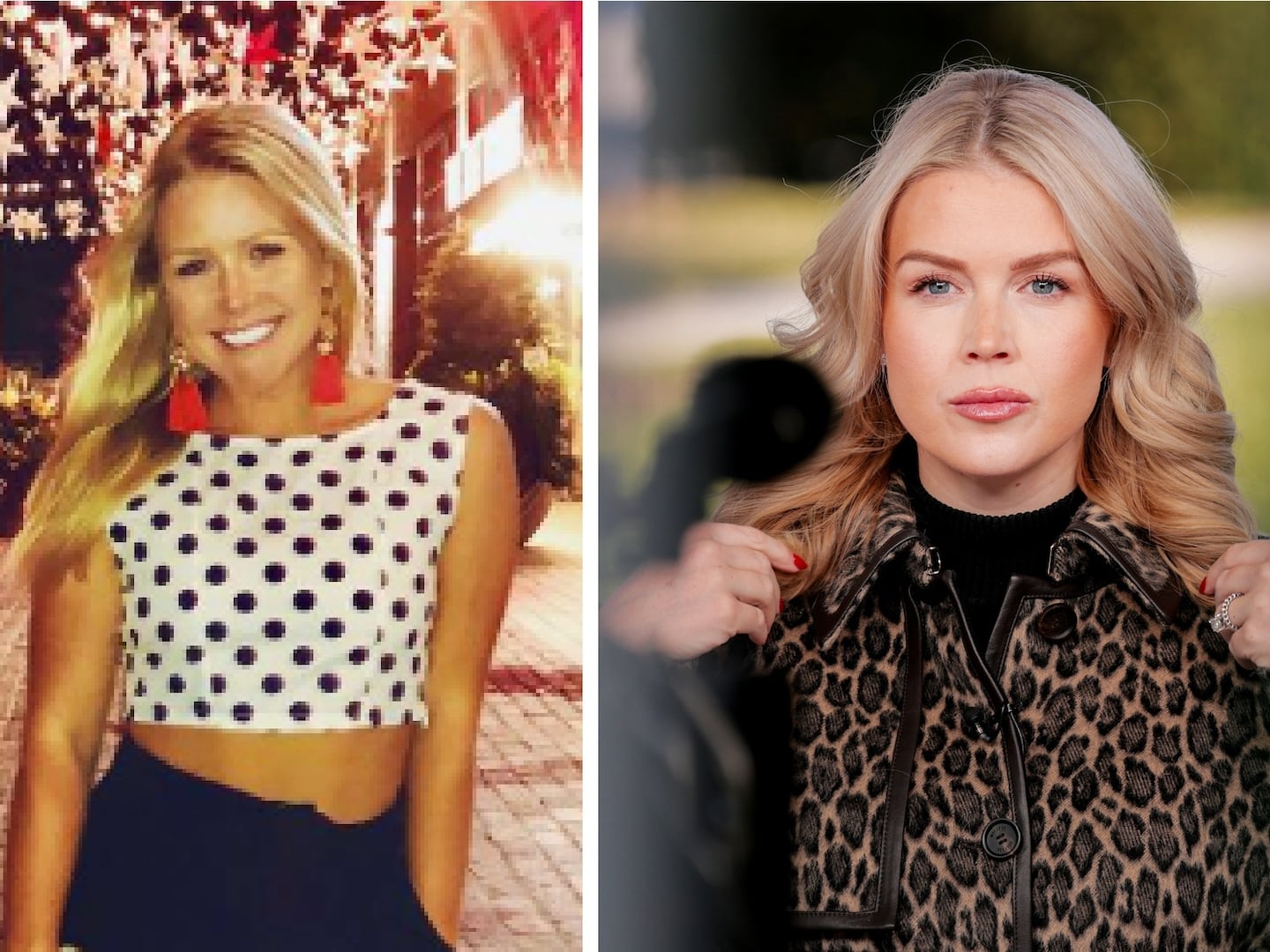There are many moving moments in Eddie Rosenstein’s just-released documentary, The Freedom to Marry, but perhaps the most unexpected is when campaigner Evan Wolfson reads the judgment of the Supreme Court in 2015 in Obergefell v. Hodges that legalized same-sex marriage nationwide, and notes how similar it is to his college thesis of 1983, which was a blueprint for precisely the same. Back then, his ideas sounded crazy, and people told him so.
The camera catches Wolfson tearing up: It’s the culmination of a period of his professional work-life that has taken him through the highs and lows of marriage legalization first played out in Hawaii in the 1990s, followed by the deadening impact of the Defense of Marriage Act in 1996, then Massachusetts becoming the first U.S. state to issue marriage licenses to same-sex couples in 2004, then the repeal of DOMA in 2013, and then SCOTUS’ landmark 2015 ruling.
That is where the story should end, and perhaps it has. But President Donald Trump’s Supreme Court pick Neil Gorsuch does not appear to be supportive of marriage equality, and some LGBT activists are fearful that marriage equality may be far from guaranteed in the long-term; not to mention the possible enshrining of other anti-LGBT laws under the Trump administration.
The Freedom to Marry, then, already seems like a historical documentary, and one with a happy ending that runs counter to what many LGBT Americans are presently feeling. Bizarrely, today’s threats—legal and otherwise—against LGBT people go unmentioned in it, when, given the documentary’s release timing, providing some current context is as vital as taking an albeit-deserved victory lap.
This is to take nothing away from the achievements and fortitude of those featured in the documentary, however well the marriage equality story has been told already: The Freedom to Marry brings little new or fresh to the story.
However, it is an excellent glimpse into the home stretch of a campaign—the nerves and determination as the finish line approaches, and the steadfastness of those long-scarred and still standing. It is instructive to see how that victory was won—Wolfson now advises groups in the U.S. and internationally on how to conduct campaigns.
The mainstay of this documentary is the work of the group Freedom to Marry, founded in 2003, to fight state by state right up to the Supreme Court to attain equality.
Wolfson, the founder and president of Freedom to Marry, which would end its mission in December 2015, its battle won, is an impressive, doughty campaigner. He seems determined, self-contained, and calmly focused.
As Wolfson’s own impressive commitment shows, the fight for marriage equality was long, uneasy, and often thankless. It involved him, and many other figures in this documentary, and many not in it—individuals, groups, activists, moms, dads, and sons, daughters, and families: a spider’s web of commitment and passion campaigning on the streets and in courtrooms for years.
One observes that the modus operandi for their main opponents, the National Organization for Marriage, was relentlessly negative—of how much a threat to society, to children, how negative the idea of gay people marrying was; Freedom to Marry and its cohorts argued how positive and vital it was that people and families were treated equally with the same relentlessness.
The microcosm of social history the documentary sketches is just as intriguing: how fast gay marriage went from sounding radical to sounding the very opposite, but how long it took to actually happen.
As President Barack Obama intimated after the Supreme Court decision, this was the work of many activists over a long period of time—and then, so suddenly, after all those years of politicking on national and local stages, in town halls and on TV screens around dinner tables, the Supreme Court wrought change.
The documentary is best when it is intimate. We see Mary Bonauto, one of three lawyers who argued the marriage equality case before the Supreme Court, at home preparing her arguments, and then looking dejected after presenting them—the justices had not asked her what she had prepared. She attends receptions afterward, and accepts people’s thanks, but nothing can shift her look of despondency.
Later, she plays us the recording of the hearing, and she parses their questions and her answers: They wanted to talk about Ancient Greece, she wanted to talk about the meaning and significance of marriage today; of equality; of lesbians and gay people not being treated as second-class citizens before the law.
And we see those families too, with their children, happy, determined in the face of the most appalling prejudice and hatred—in Texas, a man tells a mother her gay son is a “pervert”—to live their lives openly and proudly.
The documentary generously maintains a nod to even-handedness, talking to “the other side” about why they believe lesbians and gay people should not be treated equally, or deserve their civil rights.
Their arguments—rather as they did before the Supreme Court—seem a flimsy combustion of “Well, they just shouldn’t.” What is striking is their easy hatred, their blithe belief that gay people are less than they are. Outside the Supreme Court their supporters wave their “Gay People Are Satanic” signs, and enlist their young children to do the same.
Such are the loud mechanics of prejudice: the invoking of the Bible, and the constant, thundering hatred and mean-mindedness. If you ever see a long-term gay activist, and wonder why they feel exasperated, it is because they are battling such poisonous idiocy day-to-day. Imagine trying as calmly as possible arguing for your right to exist equally, with a bullhorn next to you loudly opining that you are evil and worthless.
We see Wolfson drive home to the suburbs of Pittsburgh, telling us of his youth growing up, from the very beginning disbelieving that being gay meant accepting he was less deserving of civil rights. His activism began then.
The past of Marc Solomon, Freedom to Marry’s national campaign director, is also fascinating: He grew up gay, and adopted Reaganite politics, he says, in order to hide who he was.
The key to Freedom to Marry’s victory strategy was to change minds through conversation; to show that lesbians and gay people were just the same as straight people.
The strategy followed Harvey Milk’s—to knock on doors, to let people know they knew gay people, to come out, to make connections, to show how injustice affected family, friends, and neighbors.
Something the documentary does not show are the objections of some gay people who did not subscribe to marriage and what it enshrined, and could not see why the LGBT campaigning establishment was so fixed on it as an equality issue.
(But equality was the issue: For the campaigners, this was about lesbians and gay men being afforded the equal right to marry, rather than pushing marriage as a necessity for lesbians and gay men.)
Unexamined in the documentary too goes another intra-community argument that occurred about the expending of all that time and energy on marriage equality at the expense of other issues.
Yes, the heart-tugging stories and images played well on TV, and it was an important issue to campaign on, but did marriage equality consume too much activist oxygen? It is significant that within this very documentary, other LGBT issues—violence, workplace discrimination, trans rights—go unmentioned.
In The Freedom to Marry, the only antagonists are opponents of marriage equality. A more textured extrapolation of gay debates, and an examination of how marriage equality became such an attractive campaigning proposition and the LGBT debates around that, would have been welcome.
Beyond that, there were other disputes between LGBT activists about how to pursue the marriage equality issue itself: that context, touched on most recently in Dustin Lance Black’s drama When We Rise, is also absent in the documentary. A marriage equality documentary shouldn’t gloss over such important ideological differences.
Toward the end of The Freedom to Marry, the cliffhanger moment approaches. Seven possible SCOTUS ruling days pass (this wittily conveyed in a series of tense meetings around the office table awaiting the word from the Court) before, on the eighth, victory is finally delivered to the marriage equality side. You may cry, and feel the surge of emotion that Wolfson, Bonauto, and their colleagues do, because this was a particularly hard-fought for sweet victory. “Well, that only took 32 years,” Wolfson says wryly.
The last scenes of the documentary show the offices of Freedom to Marry being packed up. That epilogue should have a rosy glow to it, but with the threats to LGBT people growing under the latest administration—and the threat to marriage equality a distant, but still possible one—many might posit that while an important battle was won in 2015, the fight for LGBT rights and equality has assumed a new urgency. For activists, it may be time to dust off Wolfson’s databases and blueprints for battle.
The Freedom to Marry is on release now.


